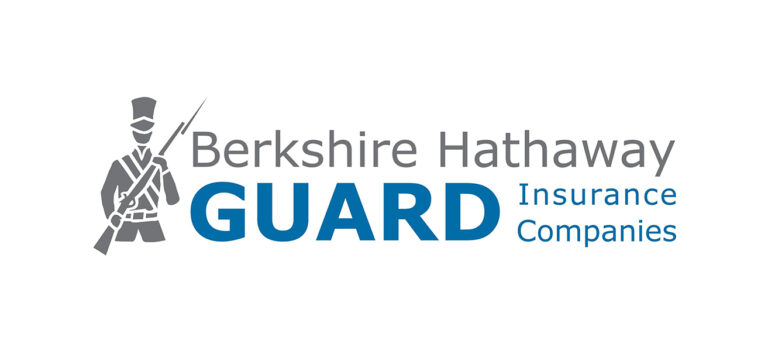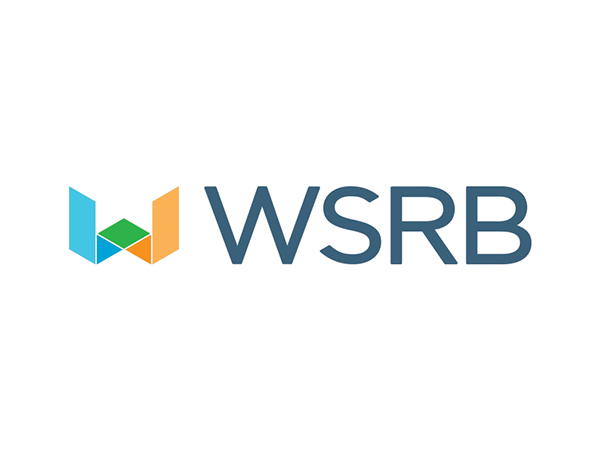Spending money on job-site safety has always been a matter of priorities, especially since safety doesn’t directly translate into higher productivity. During high-inflation times, justifying these expenses can be even harder.
On one hand, though, investing in safety pays off in the long run, both in terms of better worker health and lower insurance costs. On the other hand, improving safety on the job-site doesn’t have to cost a lot – or anything at all.
Andrew Walters, Senior Risk Management Consultant at Builders Mutual, discusses six low-cost ways to keep your crews safe – and why people should always come before profits.
1. Clean it up
A piece of trash in a stairway. A puddle of spilled chemical. No biggie, right? Overlooking small hazards can result slips, trips, and falls – frequent claims that could lead to bigger injuries.
As the saying goes, a clean site is a safe site. And that starts with regular housekeeping: maintaining clear walkways, bending over protruding nails, and quickly drying up any spills, to name a few.
Practicing good housekeeping does come with a cost: labor. However, contractors should make sure that they have designated laborers to perform housekeeping, so high-value tradespeople don’t spend their time cleaning up. Otherwise, regular work area cleanup is everyone’s job.
2. Require PPE use 100% of the time
The cost to wear personal protective equipment? Not high. The cost of not wearing PPE? If a catastrophic injury occurs, injury and claim expenses could reach seven figures.
Many workers wear their hardhats, glasses, and gloves only when they’re performing certain tasks. But a jobsite is a dynamic environment. Walters recalls an incident in which a worker had removed his safety glasses to take a measurement. Next to him, another worker had been using a tool that sent a piece of metal shrapnel into the first worker’s face. He lost his eye.
Minor eye injuries can cost between $2,000 and $9,000, Walter said. An eye injury like the one Walters described can cost as much as $350,000. “How much does a pair of glasses cost?” Walters reflected.
3. Conduct frequent toolbox talks and safety meetings
When a foreman inspects a job-site, they’re often reviewing production levels and ensuring quality control. But they should also be consistently looking out for a third element: safety.
Safety shouldn’t be compartmentalized, Walters says, meaning that it needs to be integrated into a crew’s normal routine. Safety discussions can come during formal toolbox talks, or in less formal conversations. For example, if a worker is performing many tasks using a ladder, a foreman can take them aside and give them a brief lesson on proper usage. Whatever format is used, make sure to give employees a chance to interact and engage so the lessons sink in, and they can feel ownership in the safety program.
The important thing is that safety starts at the top. A crew leader or foreman sets expectations about what is and is not acceptable – and then communicates these expectations clearly and frequently.
4. Inspect the job-site routinely
Regular job-site inspections aren’t simply an OSHA requirement. They’re a nearly free way to identify and correct some of the other low-cost practices – housekeeping, PPE use – that can improve safety. And besides, if an OSHA compliance officer does find multiple safety violations during an inspection, it’s likely they’ll also add a citation for failure to regularly perform job-site inspections, Walters says.
And don’t forget vehicle inspections. Vehicle accidents account for a growing share of claims expenses, Walters says. Walk around your vehicles to check tire tread, mirrors, and any other parts that could affect the vehicle’s performance.
5. Train your employees
OSHA requires employee training in a variety of areas, from fall protection to working with chemicals. Meeting these requirements, especially if extra certification is needed, can quickly become expensive.
Here’s the good news: OSHA rules often allow for this training to be done in-house. There may be no need to hire expensive outside consultants, as long as you have knowledgeable personnel who can competently perform the training.
And don’t forget about asking your vendors for a little help. If you bought a large quantity of fall protection equipment or rented some forklifts, see if the vendors or rental companies will send out someone to conduct training on how to use the equipment properly. “It never hurts to ask. And often they’ll be happy to do it,” Walters says.
6. Get up and stretch
As you can see by now, prevention is a better strategy to cost-effectively solve a problem than fixing it after the fact. That also holds true for a worker’s body.
Leading a group “stretch and flex” every morning before work can loosen up the body’s joints and muscles, which is especially important for older workers. Starting the day with some warmup exercises can help workers avoid costly injuries to their backs, shoulders, and knees. Throw in some demonstrations on proper lifting technique, and the day is off to a good start.
Your workers’ health – that should always be your first priority. “Everyone thinks in terms of dollars,” Walters says. “But when your focus is on people over profits, the decision to take one of these six steps become a lot simpler.”
For help taking your first step toward a safer job-site, Builders Mutual is here for you. We have a robust library of Toolbox Talks and safety videos that you can show to your employees. Looking for a more personal touch? Our risk management consultants can visit your workplace to do a safety walkthrough with your team or conduct training tailored to your workers’ needs.
Contact your Builders Mutual risk management consultant today to keep your crews safe without breaking the bank.










